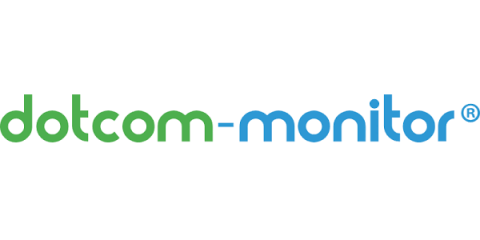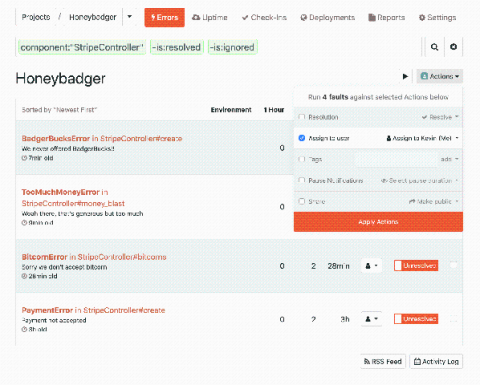Managing the Digital Employee Experience: The Next Frontier for the Modern IT Organization
IT’s role in the modern workplace has never been more critical and complex than right now. IT is pressured to roll out new technologies and drive innovation all while providing instant support for end users in an ever-changing workplace. Employees expect to work with the best tools in tech, from wherever they are, and however they choose.











